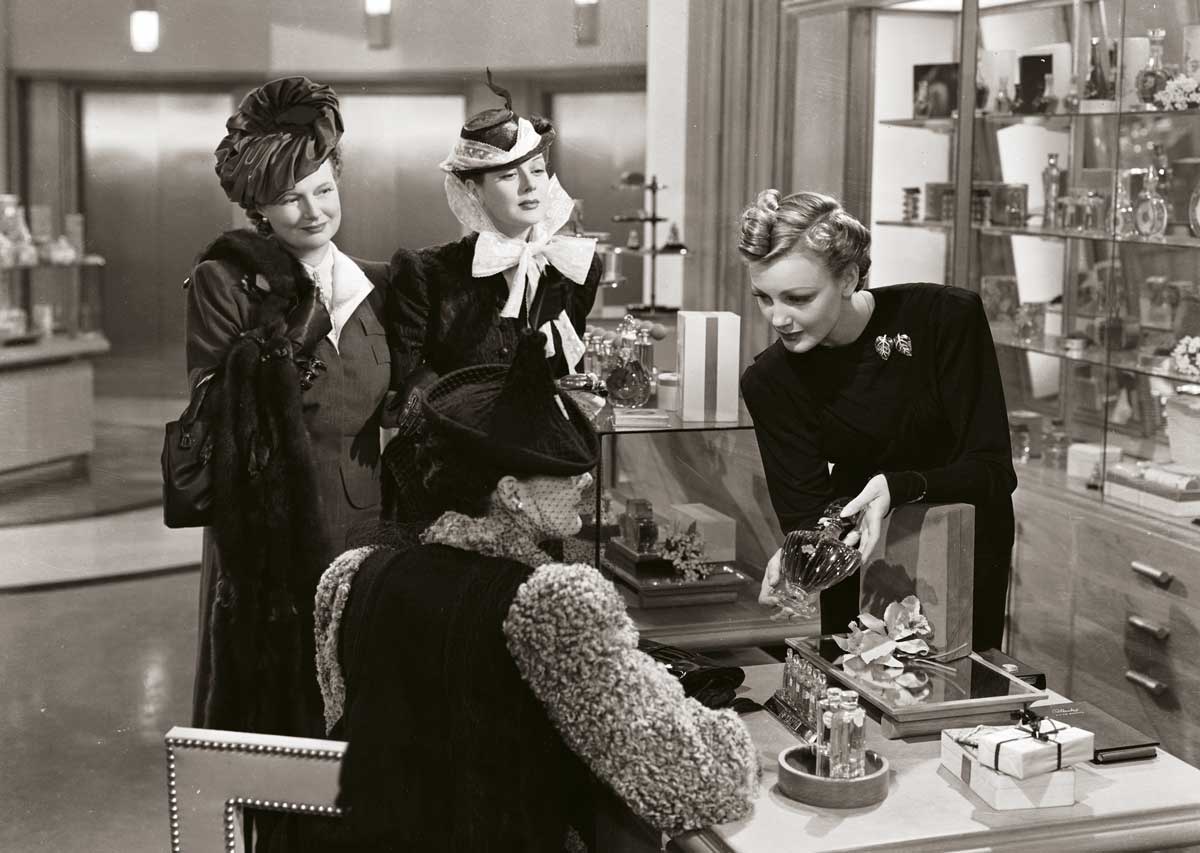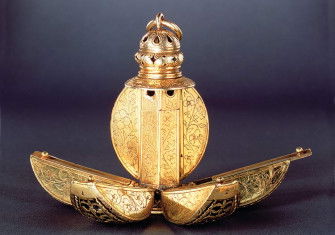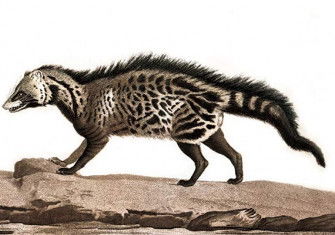Perfume, History, Dreams
Perfumes and sweet scents affect our sense of smell, but their true realm is that of the imagination.

How do we write about the history of perfume? There is a choice of interpretative pathways. We may focus on nature, plants and substances – perhaps start with a story of spikenard, of frankincense, ambergris and myrrh. We can think about the fragrance of flowers and the arts of preserving, extracting and distilling bunches of lavender, wreaths of jasmine, the heart of the rose. We may note with regret the dreadful things once done to musk deer and civet cats by those bent on plundering their scent glands to give sensual undertones and sticking power to cosmetic fragrances. Then move on to consider the impactful discoveries of the late 19th and early 20th centuries, when innovations in chemistry, the discovery of new ingredients and synthetics such as coumarin, eugenol and the violet-smelling ionone, together with aldehydes, revolutionised the commercial production of perfume. These developments made possible the creation of many of the fragrances – Houbigant’s Fougère Royale, for example, Coty’s L’Origan and Chypre, Guerlain’s Jicky and Chanel’s No 5 – seen as milestones and legendary today.







